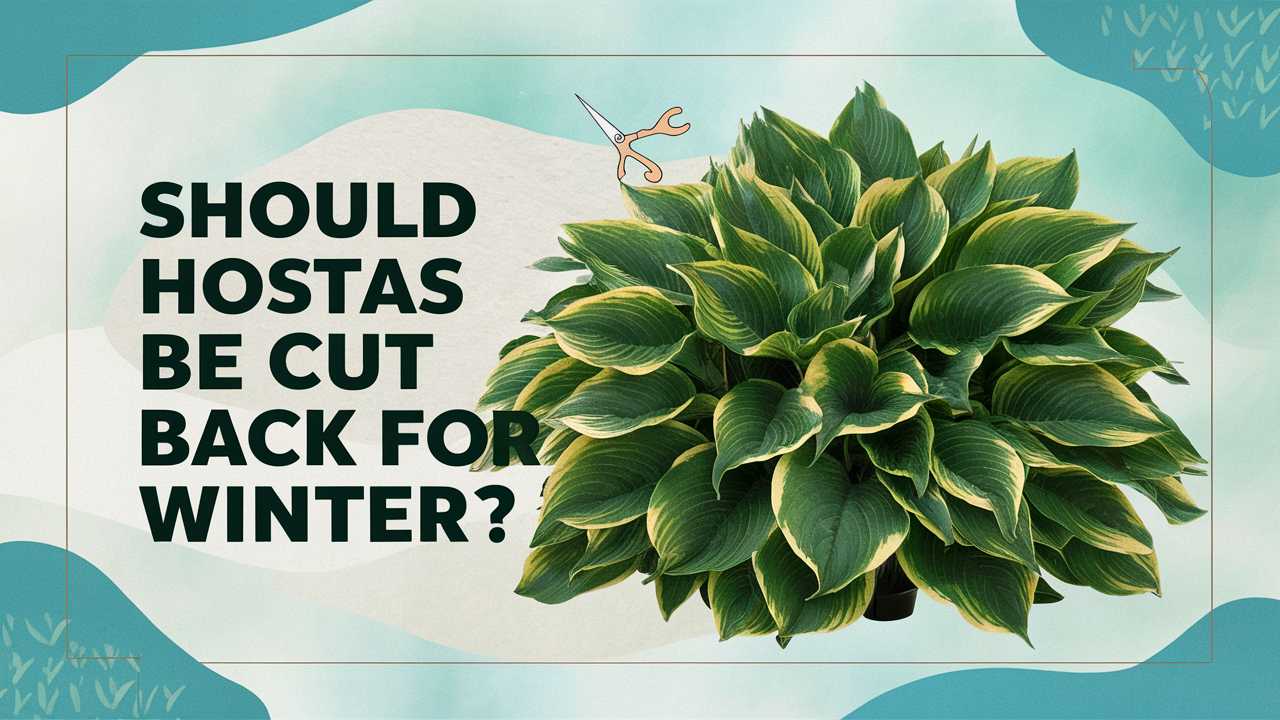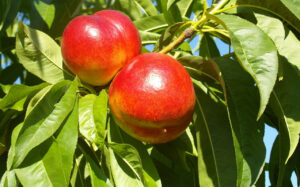This in-depth exploration will guide you through the intricacies of preparing hostas for winter while emphasizing the significance of proper care during the colder months.
The Lifecycle of Hostas
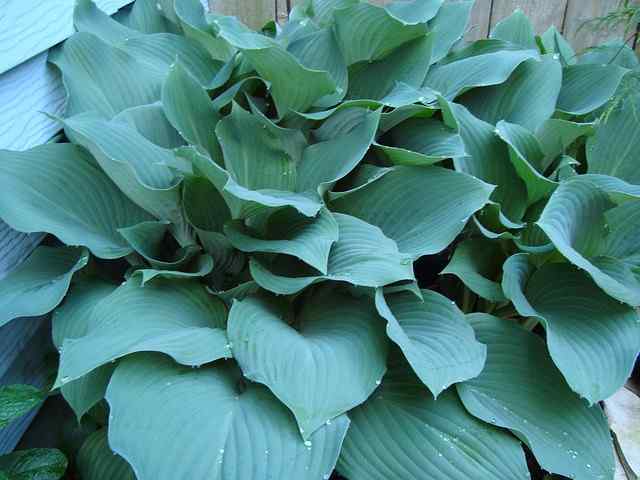
To comprehend whether hostas should be cut back, it helps to grasp their lifecycle. Hostas emerge in spring, unfurling from protected buds underground. As temperatures cool, their leaves absorb sunlight, creating energy for next summer’s growth.
In late fall, however, hosta foliage begins to die back. This dieback is a natural part of their cycle, signaling that the plant is preparing for dormancy. By understanding this process, we can make more informed decisions about winter care.
Signs of Dormancy
As winter approaches, you’ll notice several signs indicating that your hostas are entering dormancy:
Leaf Yellowing: The bright greens turn to yellows and browns.
Fading Texture: Leaves may lose their lush, textured appearance, becoming brittle.
Dieback: Stems start collapsing, and leaves may fall off entirely.
Recognizing these signs allows gardeners to tune into the needs of their plants.
Should You Cut Back Hostas for Winter?
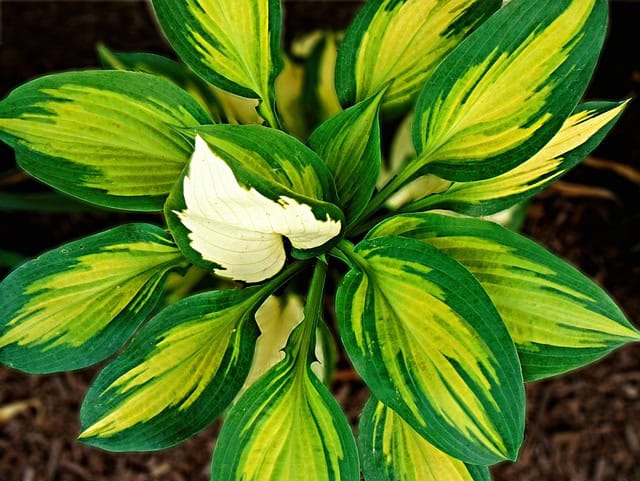
The Case for Cutting Back Hostas
One of the significant arguments in favor of cutting back hostas is aesthetics. A neat garden looks more appealing during the winter months, especially when foliage is brown and brittle. Additionally, cutting back can minimize the risk of disease. Decomposing foliage left on the ground can harbor pests and fungal spores, potentially leading to issues in the upcoming growing season.
Cutting back hostas allows you to tidy up your garden and reduce the likelihood of overwintering pests and molds. Moreover, it can make spring clean-up easier, as there will be less debris to clear away when new growth begins.
The Case Against Cutting Back Hostas
On the flip side, leaving hostas intact can provide some benefits. The dead foliage serves as natural mulch, protecting the roots from extreme winter temperatures. This insulation can be crucial, especially in regions with harsh winters. Furthermore, the foliage may trap snow, which can help to create moisture as it melts.
Additionally, wildlife can benefit from the presence of dead leaves. Birds may use them for nesting material, and other small creatures might find shelter among the dried plant matter. It serves a dual purpose—supporting the local ecosystem while also benefitting the plant.
Timing Matters: When to Cut Back Hostas
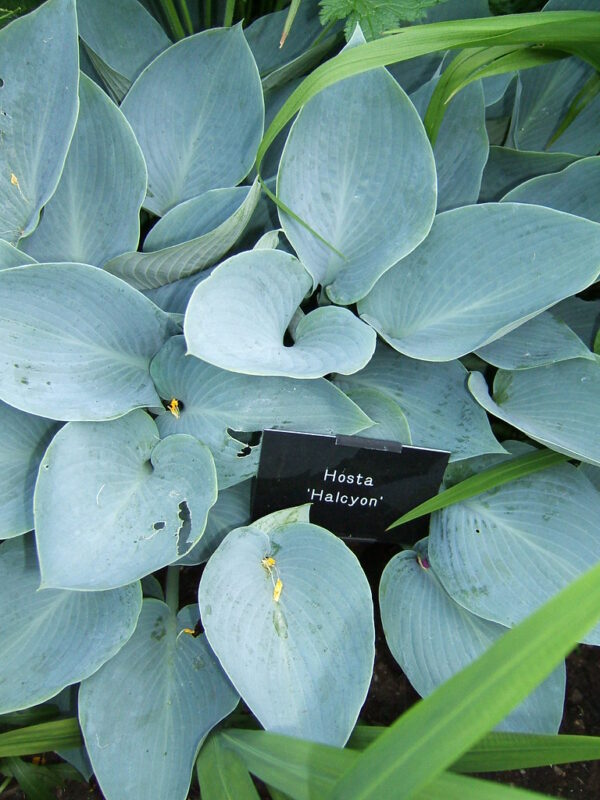
If you’ve decided that cutting back is the right choice for your garden, timing is critical. It’s best to wait until after the first frost has hit. At this point, the plant has effectively entered dormancy, and the leaves are less likely to regrow. Aim to cut back your hostas in late fall, between mid-October and early November, depending on your local climate.
Tools Required for Cutting Back Hostas
Before undertaking the task of cutting back hostas, ensure you have the right tools. A sharp pair of garden shears or scissors will help you make clean cuts without damaging the plant. Gloves are also essential to protect your hands from sharp edges and any potential irritants. Finally, a garden waste bag will help you collect the cut leaves for disposal or composting.
How to Cut Back Hostas Properly
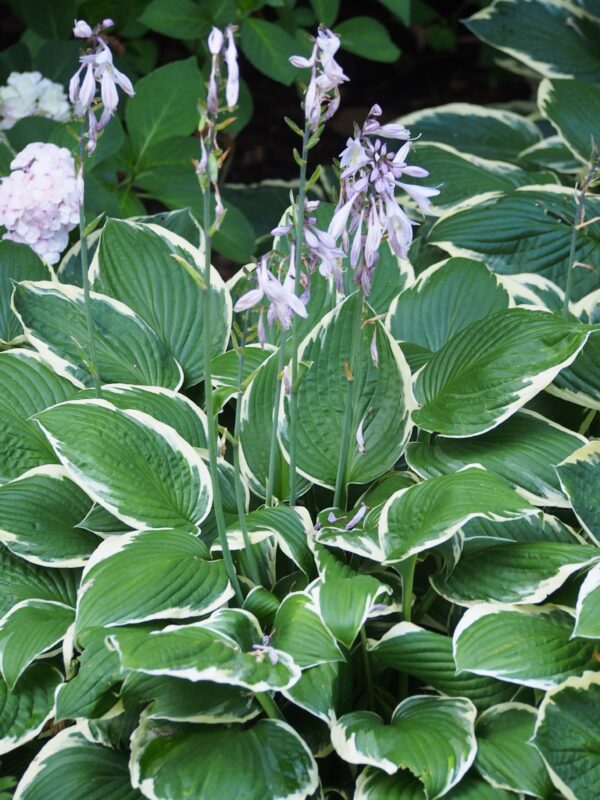
When it comes to cutting back hostas, technique matters. Follow these steps for the best results:
Inspect the Plants: Look closely at your hostas for any signs of disease or pest infestations that may require additional attention.
Shear Off Foliage: Using your shears, trim the leaves down to the ground level. Aim for a clean cut to encourage healthy re-growth in spring.
Collect Debris: Gather the cut leaves immediately, either for composting or disposal. Avoid leaving them in the garden, as already mentioned, they can harbor pests and diseases.
Mulch After Cutting: After cutting back, consider adding a layer of mulch around the base. This will provide further insulation and prevent weed growth.
Alternative Winter Care for Hostas
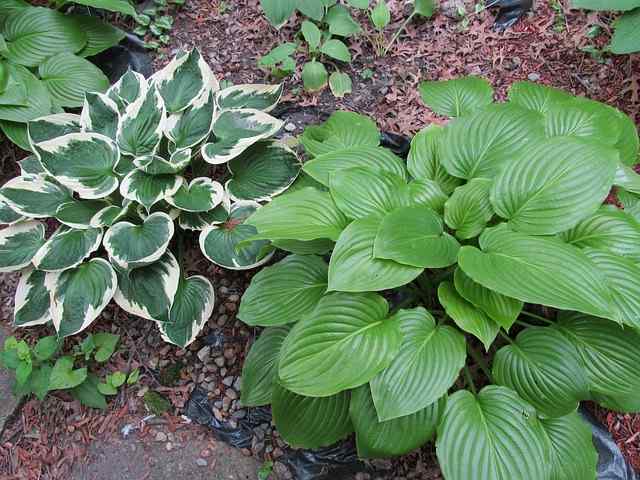
If you choose not to cut your hostas back for winter, there are still some essential care practices to follow. Here are tips to ensure your hostas return strong in spring:
Mulching
Regardless of whether hostas are cut back or left intact, mulching is vital. A thick layer of mulch around the base of the plants can protect their roots from extreme temperature fluctuations and help retain moisture. Use organic materials like shredded leaves, straw, or bark chips, which will break down over time, enriching the soil.
Watering
As winter approaches, it’s crucial to ensure hostas have adequate moisture before the freeze sets in. If the fall is particularly dry, water your plants well before the ground freezes, but avoid overwatering. Hydrated plants are better equipped to withstand the winter chill.
Fertilizing
Though many gardeners might think about fertilization in the spring, providing nutrients in the fall can help prepare hostas for winter. Use a slow-release, balanced fertilizer to give them a nutrient boost before they enter dormancy. This can enhance their vigor when they emerge from their winter slumber.
The Impact of Climate on Hostas
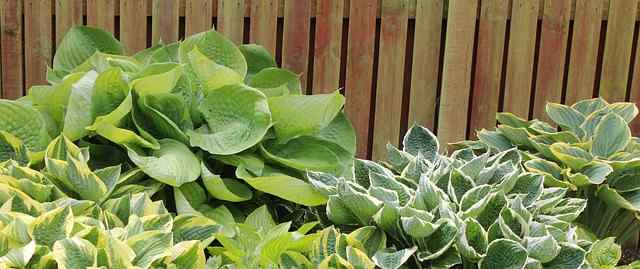
When deciding whether to cut back hostas, consider the climate in your area. In milder regions, hostas may survive winter with little loss if left intact. Conversely, in areas with harsh winters, cutting them back might be advisable to prevent damage from frozen, broken leaves.
Hardiness Zones
Hostas are classified as hardy in USDA zones 3 through 9. For gardeners in lower hardiness zones (3-5), cutting back in the fall is generally recommended due to the potential for severe frost damage. Those in warmer zones may find that leaving foliage intact is sufficient for protection.
Hostas and Winter Interest
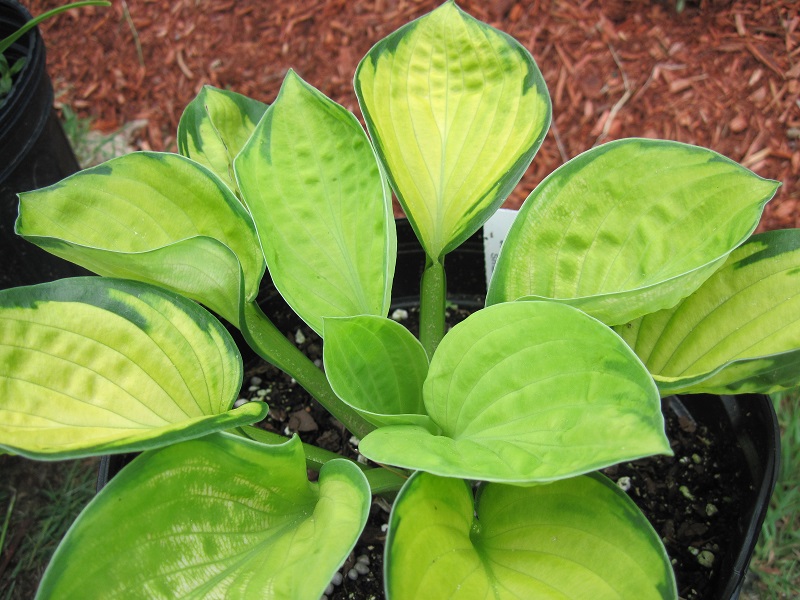
One might ask whether hostas provide any winter interest. While their foliage may die back, the structure of the plant remains. The plant’s shape and placement can still add visual interest, especially if coated with frost or light snow. Furthermore, many hosta hybrids feature unique winter silhouettes that can be captivating even in their dormant state.
Companion Plants
In a well-planned garden, hostas can be paired with other perennials or evergreens to provide year-round visual appeal. Consider plants like hellebores, ferns, or ornamental grasses that maintain their structure and add texture, enhancing the beauty of your winter landscape.
Conclusion: Making the Right Decision for Your Hostas
The question of whether to cut back hostas for winter doesn’t have a blanket answer. Each gardener must evaluate their plants, climate, and landscape. By understanding the lifecycles and needs of these versatile plants, you can make informed decisions that will lead to vibrant, flourishing hostas come spring.


